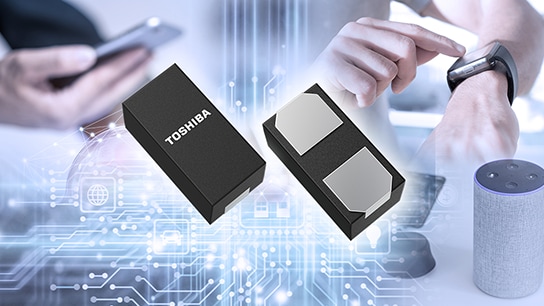- 半導體首頁
-
應用Automotive
Body Electronics
xEV
In-Vehicle Infotainment
Advanced Driver-Assistance Systems (ADAS)
Chassis
IndustrialInfrastructure
BEMS/HEMS
Factory Automation
Commercial Equipment
Consumer/PersonalIoT Equipment
Healthcare
Wearable Device
Mobile
Computer Peripherals
-
產品車用元件
Discrete Semiconductor
Diodes
電晶體
通用邏輯IC
Analog Devices
Digital Devices
Wireless Devices
※
: Products list (parametric search)
功率半導體※
: Products list (parametric search)
隔離器/固態繼電器Photocouplers
Digital Isolators
※
: Products list (parametric search)
MOSFETsIGBTs/IEGTs雙極性電晶體※
: Products list (parametric search)
Diodes※
: Products list (parametric search)
微控制器馬達驅動 ICs智能功率 ICs※
: Products list (parametric search)
電源管理 ICs線性 ICs※
: Products list (parametric search)
通用邏輯 ICs線性影像感測器其他產品其他產品
※
: Products list (parametric search)
-
開發/設計支援
開發 / 設計支援
-
技術知識
- 購買管道
- 型號 & 關鍵字搜尋
- 交叉搜尋
- 參數搜尋
- 線上庫存查詢跟購買
This webpage doesn't work with Internet Explorer. Please use the latest version of Google Chrome, Microsoft Edge, Mozilla Firefox or Safari.
型號需要超過三個文字以上 Search for multiple part numbers fromhere.
The information presented in this cross reference is based on TOSHIBA's selection criteria and should be treated as a suggestion only. Please carefully review the latest versions of all relevant information on the TOSHIBA products, including without limitation data sheets and validate all operating parameters of the TOSHIBA products to ensure that the suggested TOSHIBA products are truly compatible with your design and application.Please note that this cross reference is based on TOSHIBA's estimate of compatibility with other manufacturers' products, based on other manufacturers' published data, at the time the data was collected.TOSHIBA is not responsible for any incorrect or incomplete information. Information is subject to change at any time without notice.
型號需要超過三個文字以上
What is a fast recovery diode (FRD)?
FRD stands for fast recovery diode. Fast recovery diodes have a shorter reverse recovery time, trr, than typical diodes and thus exhibit faster switching time and lower loss.
Fast recovery diodes (FRDs) provide short reverse recovery time (trr), making them superior to typical rectifier diodes in terms of switching speed and switching loss.
Toshiba classifies FRDs as a type of rectifier diodes.
FRDs are suitable for high-speed rectification because of short reverse recovery time (trr). They are also well suited for use in AC-DC converters and inverters with a switching frequency of less than several hundreds of hertz because of high withstand voltage.
The downside of reducing the reverse recovery time of FRDs is higher forward voltage and leakage current than those of typical rectifier diodes. Therefore, FRDs require thermal and safety design, taking forward and reverse losses into consideration.
| Characteristics | Symbol | Test Conditions | Min | Typ. | Max | Unit |
|---|---|---|---|---|---|---|
| Peak forward voltage | VFM | IFM = 0.1 A (pulse measurement) | — | 0.9 | — | V |
| IFM = 0.7 A (pulse measurement) | — | 1.4 | — | |||
| IFM = 1.0 A (pulse measurement) | — | 1.5 | 2.0 | |||
| Repetitive peak reverse current | IRRM | VRRM = 600 V (pulse measurement) | — | — | 50 | µA |
| Reverse recovery time | trr | IF = 1.0 A, di/dt = -30 A/µs | — | — | 100 | ns |
Example of a datasheet for a super-fast recovery diode (S-FRD)
| Characteristics | Symbol | Test Conditions | Min | Typ. | Max | Unit |
|---|---|---|---|---|---|---|
| Peak forward voltage | VFM(1) | IFM = 0.1 A (Pulse test) | — | 0.80 | — | V |
| VFM(2) | IFM = 0.7 A (Pulse test) | — | 0.91 | — | V | |
| VFM(3) | IFM = 1.0 A (Pulse test) | — | 0.94 | 1.1 | V | |
| Repetitive peak reverse current | IRRM | VRRM = 600 V (Pulse test) | — | — | 10 | µA |
Example of a datasheet for a typical rectifier diode
Please refer to the FAQ below for an explanation of the reverse recovery time.
Related Links
For products, please refer to the following links.





